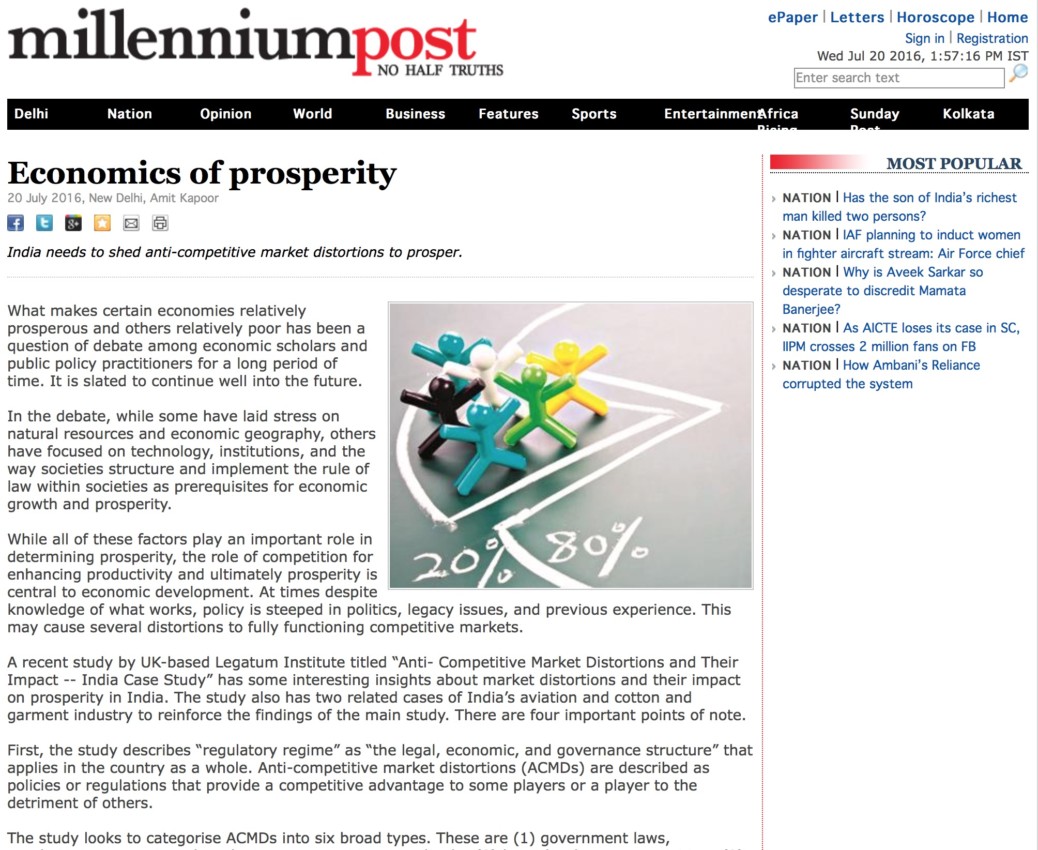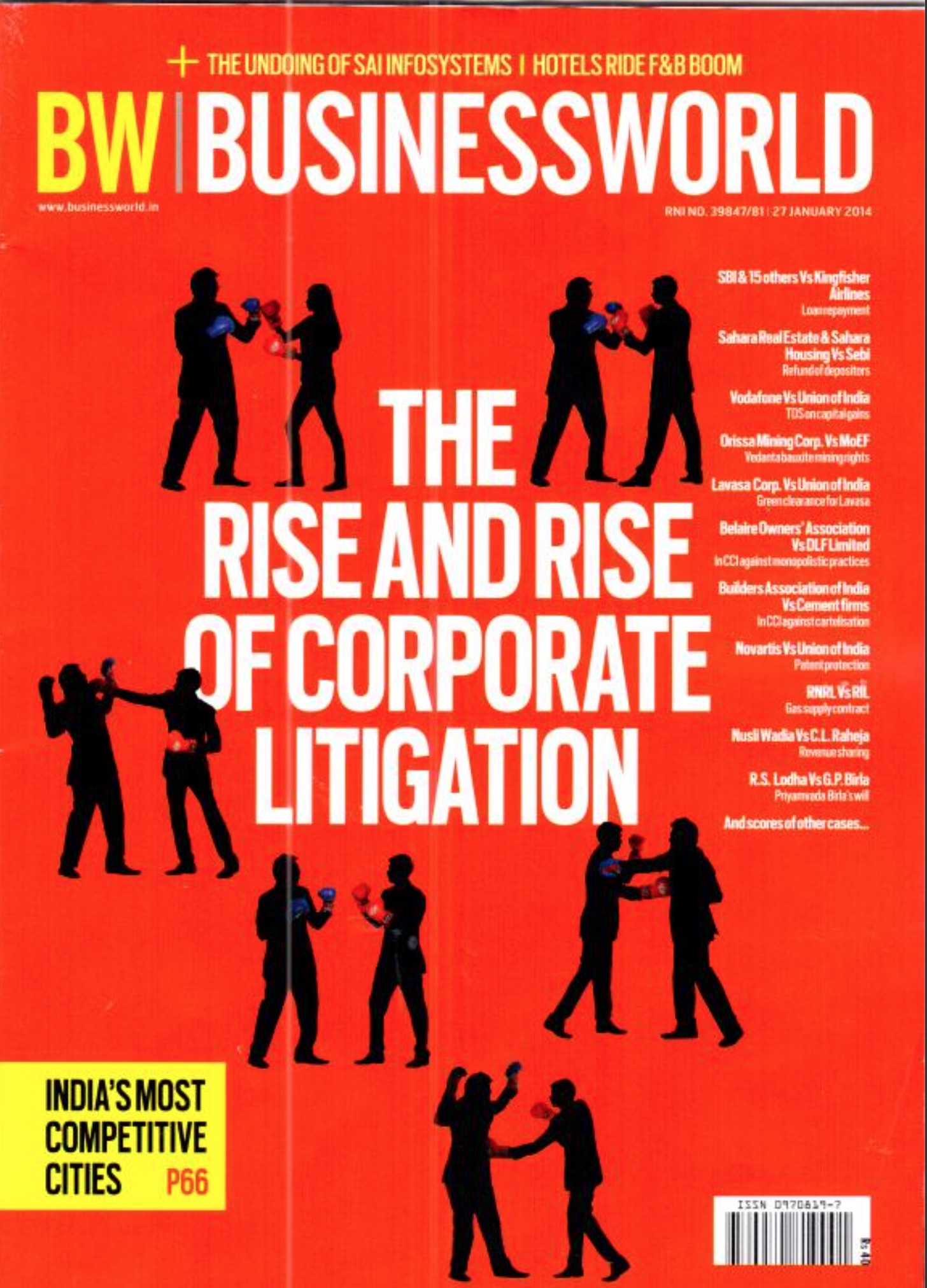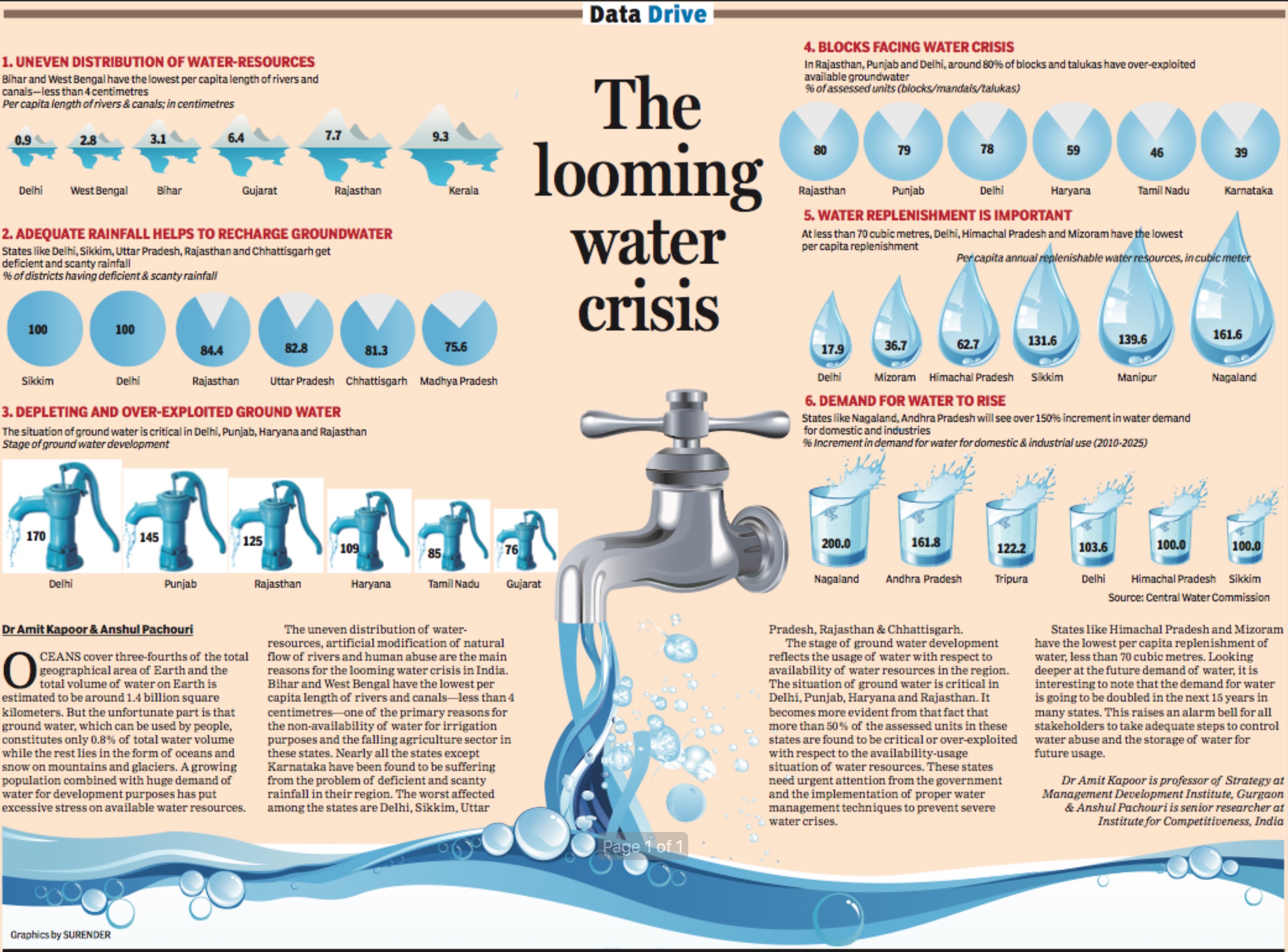Amit Kapoor & Bibek Debroy
As the world is becoming more urban than ever, it is crucial to place cities at the centre of the development agenda to try to enhance their liveability and mobility. At the same time, it is vital to place economic growth and sustainability parallel to each other. Focussing on sustainability is particularly important for addressing the environmental challenges facing cities that have become routine features — air and water pollution, traffic jams, congestion and waterlogging. In this context, conversations on urban design encourage targeted deliberations that seek to scale up approaches to making cities smart and sustainable and helping them mature into places of socio-economic opportunities for its expanding labour force. A better quality of life, a safer and more secure environment, and a greater ability to function as an urban entity are just a few of the vital benefits of effective urban planning methods. Inclusive urban design generates results that holistically make for better-built environments and, in turn, a way of living, regardless of the size of a city planning project. Additionally, it gives each city a distinct sense of identity and creates the foundation for greater adaptability to changing climatic, economic, or social factors.
In this setting, the idea of a “smart city” combines information and communication technology (ICT) with numerous physical devices linked to an Internet of Things (IoT) network in order to connect with inhabitants and improve the effectiveness of local operations and services. City municipalities may engage directly with both community and city infrastructure, thanks to smart city technology, which also enables them to keep an eye on what is occurring in the city and how it is changing. ICT is utilised to improve the quality of urban services, their effectiveness, and interactivity, as well as to cut costs and resource usage and improve citizen-government interaction. Frameworks for smart cities are created to control urban traffic and enable quick responses. The concept of a smart city depends upon gathering data and information that is further used to improve the processes, operations and governance systems of the city. Furthermore, this data is leveraged for managing resources, assets and services effectively and efficiently. A smart city is driven by information systems and aids the monitoring and managing of utilities like power plants, water supply networks and garbage disposal to services like schools and hospitals.
Additionally, the spread and support of discourse on sustainability have also significantly influenced how our cities are planned and developed, in addition to this development. Today, the idea of a smart city is seen as a vision, manifesto, or promise that seeks to define the ideal and sustainable city design for the 21stcentury. A smart city is thus a productive, technologically advanced, environmentally friendly, and socially inclusive metropolis. In other words, smart city applications put a specific technical focus in the foreground of developing solutions for ecological, sociological, economic, and management concerns. In India, the concept of smart cities (under the aegis of the Smart Cities Mission) is based on six fundamental principles – putting the community at the core of planning and implementation, optimal use of resources in a way that generates more outcomes using lesser resources, cooperative and competitive federalism, adopting innovative methods for sustainable solutions, using technology as a means to achieving goals and financial convergence.
Currently, 54 per cent of the world’s population lives in cities, and that percentage is predicted to rise to 66 per cent by 2050 due to urbanisation, which will result in the addition of 2.5 billion more people to cities over the course of the next three decades. In order to keep up with this rapid expansion— which is straining the resources of our cities — environmental, social, and economic sustainability is essential. According to the World Bank, smart cities make the process of urbanisation more inclusive through the integration of migrants and the impoverished into the city; bringing together the formal and informal sectors; connecting the urban centres and peripheries; and providing services for both the rich and the poor. These smart and digital cities with embedded networks of surveillance also offer protection and security through an enhanced criminal investigation mechanism.
Rethinking cities to make them more liveable, inclusive, and integrated is a key component in promoting smart cities. Smart cities need to build fair, participatory, sustainable, inclusive, and all-encompassing urban development policies and planning in order to achieve these feasible goals. Moreover, to better plan for expansion and handle day-to-day operational issues, we must provide our cities with dynamic mechanisms. This, therefore, facilitates proper strategic planning, development, and management activities that serve as a coherent vision for the future of urban ecosystems in our smart cities. In order to improve the quality of life and lessen the environmental impact of urbanisation, a sustainable smart city with environmental, social, economic, and cultural dimensions must be established. This city must also integrate the newest technology with governance and enhance innovative socio-technical, socio-economic, and sociocultural aspects of growth.
(Kapoor is chair, Institute for Competitiveness, India and visiting scholar & lecturer, Stanford University; Tweets @kautiliya. Debroy is chairman, Economic Advisory Council to Prime Minister of India; Tweets @bibekdebroy. With inputs from Aditya Sinha, consultant, EACPM).
The article was published with Business Standard on November 16, 2022
























